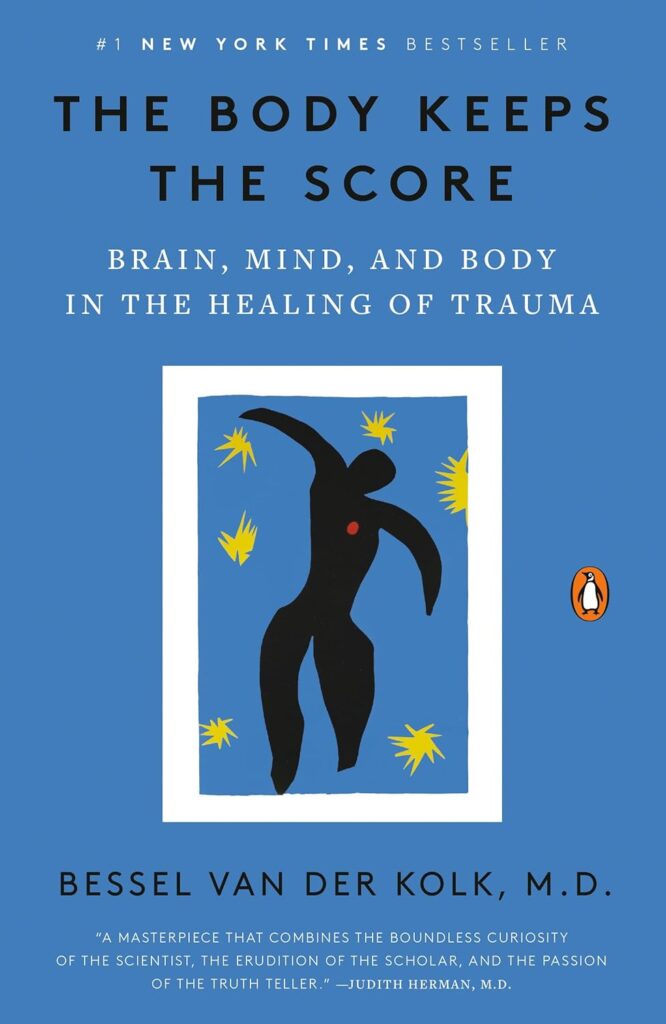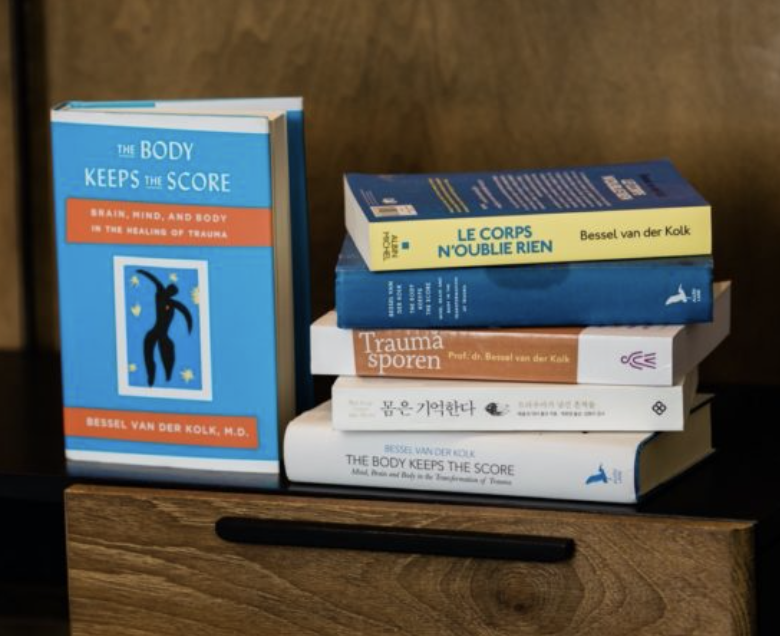
Basic Information
Title:The Body Keeps the Score
Author:Bessel van der Kolk
“The Body Keeps the Score” by Bessel van der Kolk is a seminal work that delves into the profound impact of trauma on the human psyche and body. The book offers a multifaceted exploration of trauma’s effects and presents innovative approaches to treatment. Below are the core concepts extracted from the book, essential for understanding its contributions to the field of trauma studies.
1. Trauma’s Lasting Impression
- Concept Explanation: Trauma leaves an indelible mark on the brain and body, affecting an individual’s capacity for joy, intimacy, and even immune function.
2. The Body as a Scorekeeper
- Concept Explanation: The body retains the memory of traumatic experiences, often in ways that are not immediately apparent or accessible to conscious recall.
3. Neuroscience and Trauma
- Concept Explanation: The integration of neuroscience provides insights into how trauma reconfigures the brain’s structure and function, leading to physiological changes.
4. Developmental Psychopathology
- Concept Explanation: This field examines how adverse experiences, especially during childhood, can shape the development of the mind and brain.
5. Interpersonal Neurobiology
- Concept Explanation: The study of how our behavior influences the emotions, biology, and mindsets of those around us, highlighting the interconnectedness of human experience.
6. Post-Traumatic Stress Disorder (PTSD)
- Concept Explanation: A clinical diagnosis characterized by symptoms such as flashbacks, nightmares, and heightened stress reactivity, stemming from traumatic experiences.
7. Neuroplasticity
- Concept Explanation: The brain’s ability to change and adapt as a result of experience, offering hope for recovery and rehabilitation post-trauma.
8. Bottom-Up Processing
- Concept Explanation: An approach to treatment that focuses on physical experiences to contradict trauma’s effects, aiming to restore a sense of safety and control.
9. Top-Down Processing
- Concept Explanation: A therapeutic approach that involves talking and understanding to process traumatic memories, facilitating cognitive integration.
10. EMDR (Eye Movement Desensitization and Reprocessing)
- Concept Explanation: A specific therapy technique that involves bilateral stimulation to help process and reduce the distress associated with traumatic memories.
11. Yoga and Movement Therapies
- Concept Explanation: The use of physical movement and postures to help survivors reconnect with their bodies and reduce the impact of trauma.
12. Therapeutic Alliance
- Concept Explanation: The importance of a trusting and supportive relationship between the therapist and the survivor, essential for effective treatment.
13. Self-Regulation
- Concept Explanation: The ability to manage one’s emotional and physiological state, a key aspect of recovery that enables individuals to engage fully in their lives.
14. Trauma-Informed Care
- Concept Explanation: An approach to caregiving that recognizes the prevalence and impact of trauma, adapting practices to be more responsive to survivors’ needs.
Target Audience
The Body Keeps the Score is an essential read for anyone affected by trauma, whether acute or chronic, seeking understanding and healing. It’s equally valuable for mental health professionals, therapists, and counselors working with trauma survivors, offering deep insights into the neurobiological effects of trauma and a variety of therapeutic approaches. For newcomers, the book provides a thorough introduction to trauma’s complexities and its impact on both body and mind. For seasoned professionals, it serves as a resource for innovative treatment methods and deepens their understanding of trauma. The book excels in fostering self-awareness, guiding trauma processing, and promoting healing, making it a must-read for anyone impacted by trauma.
Overall Rating and Recommendation Summary
92/100
“The Body Keeps the Score” is a seminal work in the field of trauma and its treatment. As an expert in the field, I highly recommend this book for its profound insights into the neurobiological effects of trauma and its innovative approaches to healing. Van der Kolk masterfully bridges the gap between science and the human experience, offering both professionals and trauma survivors a rich understanding of trauma’s impact and potential pathways to recovery. The book is engaging, well-structured, and a must-read for anyone seeking to comprehend the complexity of trauma and the promise of holistic healing.




